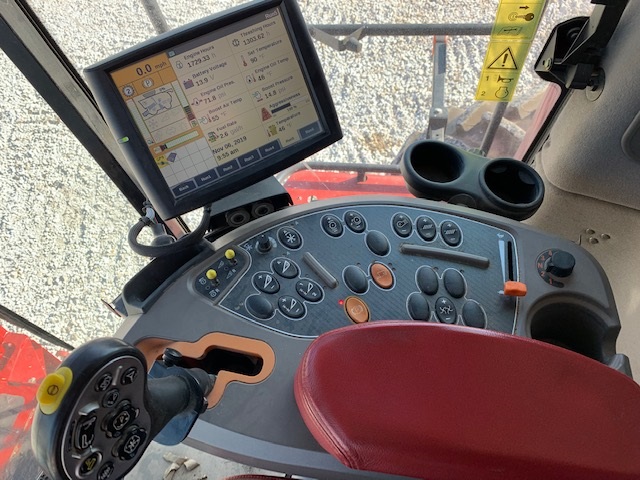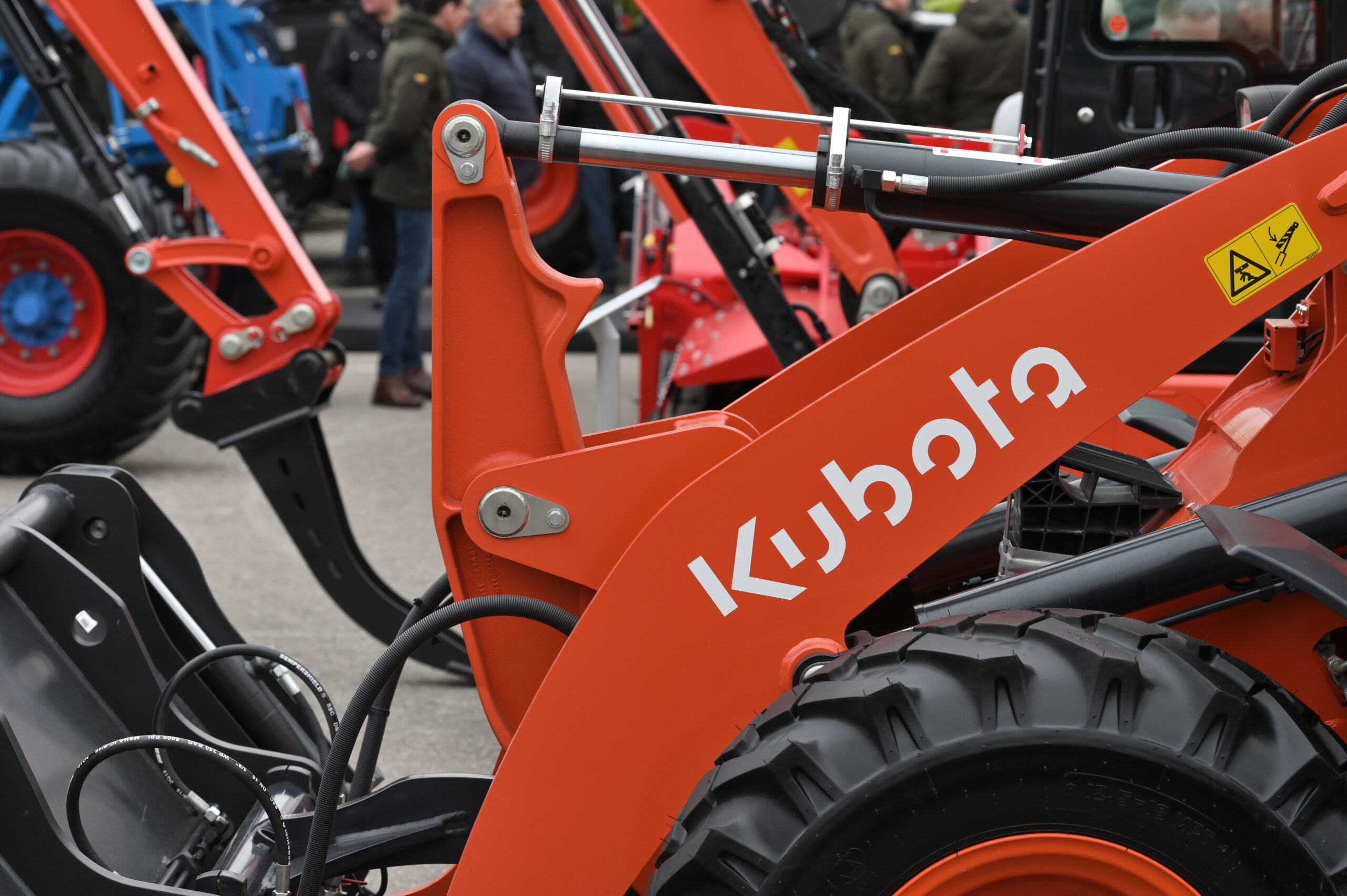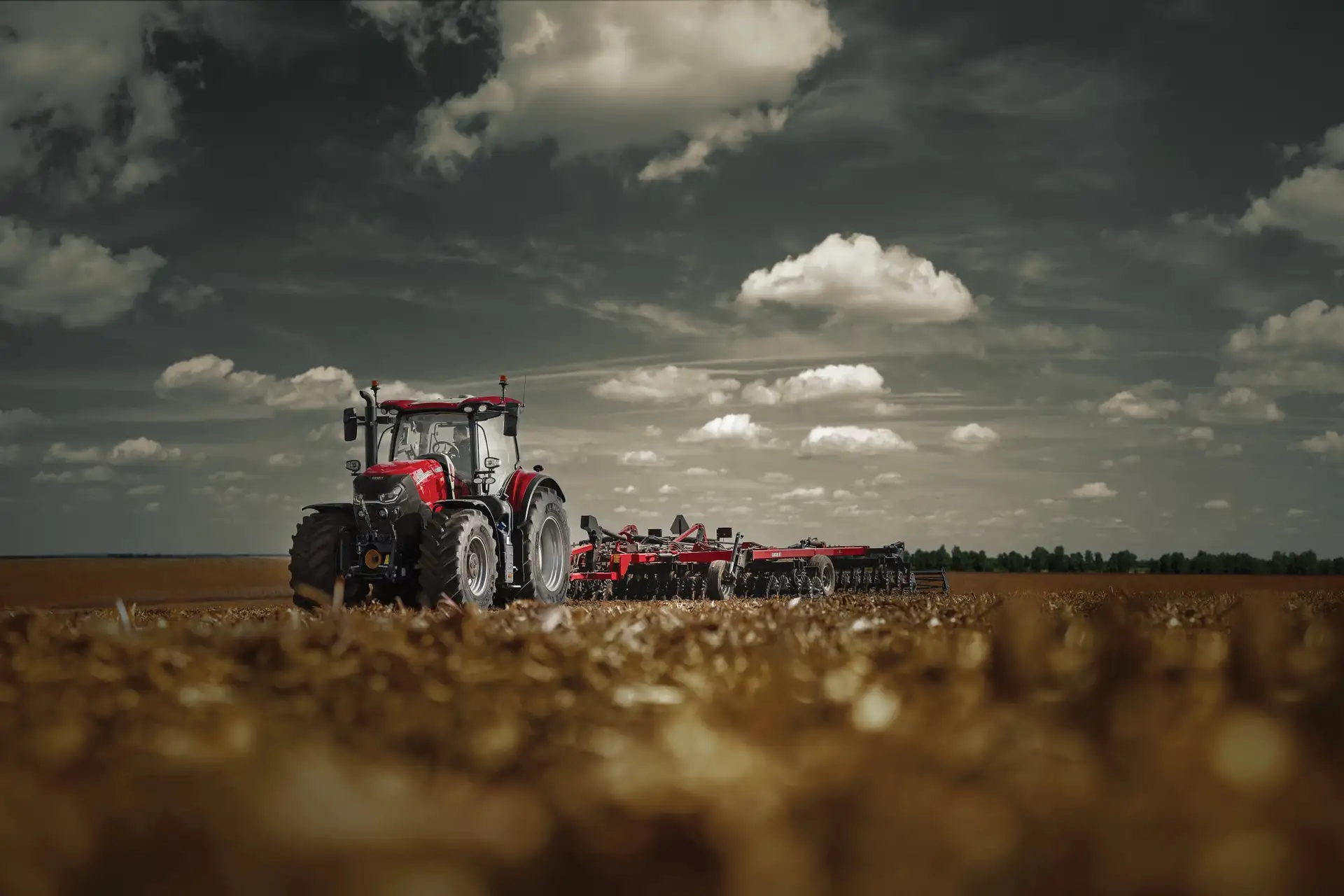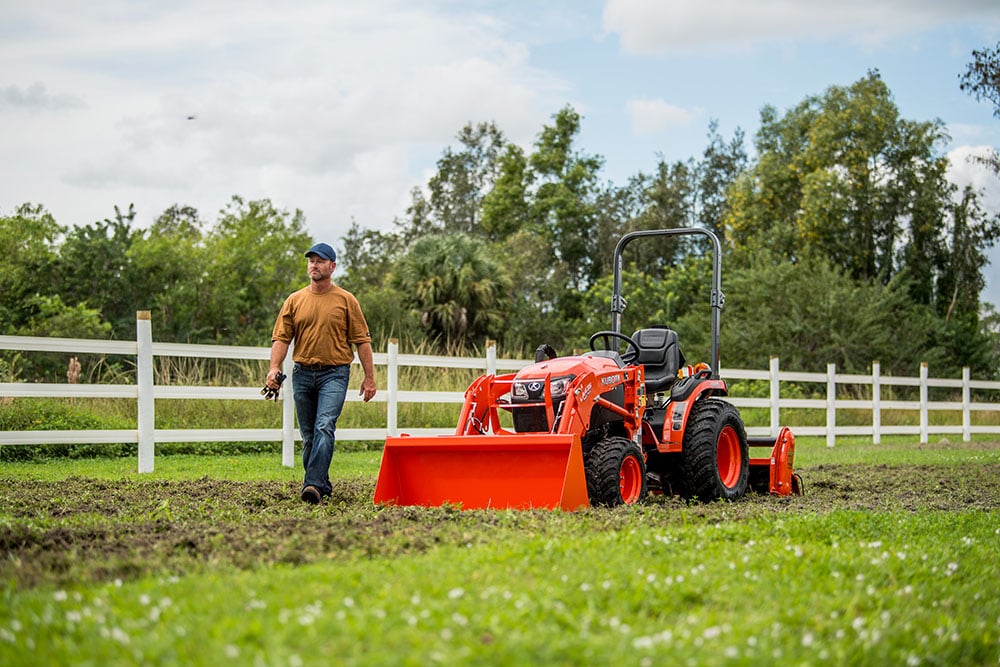Choosing the right compact equipment can make or break your project’s success. Two powerhouses dominate the compact construction market: skid steer loaders and compact track loaders (CTLs). Both machines excel at moving materials, grading surfaces, and powering through attachments, but they approach these tasks in fundamentally different ways.
Skid steers rely on four wheels to deliver quick maneuverability and cost-effective performance. Compact track loaders use rubber tracks to maximize traction and minimize ground disturbance. The question isn’t which machine is better overall—it’s which one fits your specific needs, terrain, and budget.
Understanding the strengths and limitations of each machine will help you make the smartest investment for your operation. Let’s break down the key differences that matter most to your bottom line.
Skid Steer Loaders: Speed and Agility on Hard Surfaces 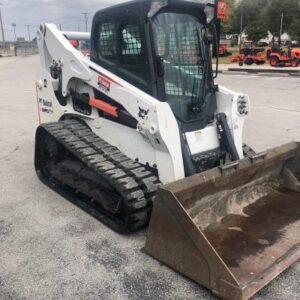
A skid steer loader is a compact, four-wheeled machine that steers by varying the speed of wheels on opposite sides. This differential steering system allows the machine to turn within its footprint, making it incredibly maneuverable in tight spaces.
Advantages of Skid Steers
Superior Maneuverability: Skid steers turn on a dime, making them perfect for working in confined areas like residential backyards, warehouses, or crowded job sites. You can pivot around obstacles and navigate narrow passages that would challenge larger equipment.
Lower Initial Cost: Skid steers typically cost $15,000 to $30,000 less than comparable CTLs. These upfront savings can be crucial for small businesses or contractors working with tight budgets.
Excellent Hard Surface Performance: On concrete, asphalt, and packed surfaces, skid steers shine. Their tires provide excellent traction without the track maintenance concerns that come with CTLs.
Faster Travel Speeds: Skid steers reach higher ground speeds than track loaders, increasing productivity when you need to cover distance between work areas.
Disadvantages of Skid Steers
Rougher Ride Quality: The rigid suspension and tire-based design create a bumpier experience for operators, especially on uneven terrain. This can lead to operator fatigue during long work sessions.
Limited Traction on Soft Ground: Wheels can spin and struggle in mud, snow, or loose soil conditions where tracks would maintain grip.
Higher Ground Pressure: Skid steers concentrate their weight on four small contact patches, potentially damaging sensitive surfaces like finished lawns or decorative pavement.
Typical Skid Steer Applications
Skid steers excel in material handling, warehouse operations, concrete work, road maintenance, and any application requiring frequent movement on hard surfaces. They’re the go-to choice for rental fleets due to their versatility and lower maintenance requirements.
Compact Track Loaders: Traction and Stability Champions 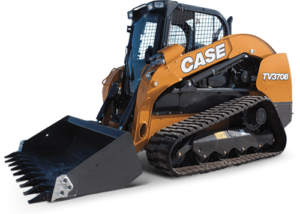
A compact track loader uses rubber tracks instead of wheels, distributing weight across a larger surface area while providing superior traction. The track system creates a longer footprint that improves stability and reduces ground pressure.
Advantages of Compact Track Loaders
Exceptional Traction: Rubber tracks maintain grip in conditions where wheels would slip. Mud, snow, sand, and steep slopes become manageable work environments.
Superior Stability: The longer track footprint creates a more stable platform, reducing the risk of tipping on uneven terrain or when handling heavy loads.
Reduced Ground Disturbance: CTLs distribute weight more evenly, causing less damage to sensitive surfaces like landscaped areas, finished lawns, or decorative hardscaping.
Better Performance on Slopes: The extended ground contact and lower center of gravity make CTLs safer and more effective on hillsides and inclined surfaces.
Disadvantages of Compact Track Loaders
Higher Purchase Price: CTLs command a premium of $15,000 to $30,000 over comparable skid steers, requiring a larger initial investment.
Increased Maintenance Costs: Rubber tracks wear out and require replacement every 1,000 to 1,500 hours, depending on operating conditions. Track tensioning and undercarriage maintenance add ongoing expenses.
Faster Wear on Hard Surfaces: Operating CTLs extensively on concrete or asphalt accelerates track wear, potentially doubling replacement frequency.
Lower Travel Speeds: Tracks limit top speed compared to wheeled machines, which can reduce productivity on jobs requiring frequent repositioning.
Typical CTL Applications
Compact track loaders dominate landscaping, site preparation, agricultural work, and any application involving soft or sensitive ground conditions. They’re essential for contractors working in finished residential areas or environmentally sensitive locations.
Detailed Performance Comparison 
Traction: Tracks vs. Wheels
The traction advantage goes to compact track loaders. Rubber tracks create a larger contact patch with the ground, providing better grip in challenging conditions. Skid steers can match this performance on hard surfaces but struggle when conditions turn soft or slippery.
Consider your typical work environment. Do you primarily work on concrete and asphalt? Skid steers will serve you well. Do you frequently encounter mud, snow, or loose material? CTLs are worth the investment.
Stability: Foundation for Safe Operation
Compact track loaders win the stability battle thanks to their longer wheelbase and lower center of gravity. This advantage becomes critical when operating on slopes, handling heavy attachments, or working on uneven terrain.
Skid steers require more operator skill and caution in challenging conditions. The shorter wheelbase makes them more prone to tipping, especially when the operator pushes the machine’s limits.
Ground Disturbance: Protecting Your Work Surface
Ground pressure tells the story here. Skid steers typically exert 10-12 PSI of ground pressure, while CTLs distribute their weight across tracks to achieve 4-6 PSI. This difference matters significantly when working on finished surfaces or areas that require restoration after construction.
For landscaping, residential work, or projects where surface protection is critical, CTLs provide clear advantages. Industrial and commercial applications may not require this level of surface protection.
Operating Costs: Beyond the Purchase Price
Purchase price represents just the beginning of ownership costs. Skid steers typically cost less to maintain, with tire replacement being the major wear item. Tires last 1,500 to 2,500 hours and cost $800 to $1,200 per set.
CTL tracks require replacement every 1,000 to 1,500 hours at $3,000 to $5,000 per set. However, CTLs often justify this expense through increased productivity in suitable applications.
Fuel consumption remains comparable between the two machine types, with specific consumption depending more on engine size and operating conditions than on the undercarriage type.
Versatility: Attachment Compatibility
Both machines accept the same range of attachments through universal quick-attach systems. Buckets, forks, augers, trenchers, and specialized tools work equally well on skid steers and CTLs.
The difference lies in how effectively each machine powers and stabilizes attachments. CTLs provide a more stable platform for precision work like grading or trenching, while skid steers excel with attachments requiring frequent repositioning.
Making the Right Choice for Your Operation
Your decision should align with your primary applications, operating conditions, and financial priorities. Skid steers deliver unmatched value for contractors working primarily on hard surfaces who need maximum maneuverability and lower operating costs. Their speed and agility make them ideal for material handling, warehouse work, and urban construction projects.
Compact track loaders justify their higher costs when traction, stability, and ground protection become critical factors. Landscapers, site preparation contractors, and operators working in challenging terrain will find CTLs worth the investment.
Consider renting both machine types for a week-long trial on your typical jobs. Real-world performance in your specific applications will provide better guidance than any specification sheet.
Which machine will transform your productivity and profitability? The answer lies in matching machine capabilities to your operational demands. Choose wisely, and your investment will


